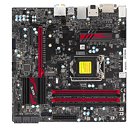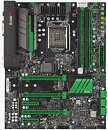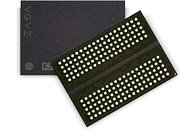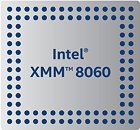
Qualcomm and Lenovo Unveil World's First 5G PC Powered By The Qualcomm Snapdragon Processor
Qualcomm Technologies, Inc., a subsidiary of Qualcomm Incorporated, announced in conjunction with Lenovo the world's first 5G PC2 today at its Computex Press Conference. Project Limitless encompasses a strong technology collaboration between Qualcomm Technologies, Inc. a leader in 5G connectivity, and Lenovo, the leader in PCs, to bring innovation to the always on, always connected PC ecosystem. Project Limitless is powered by the Qualcomm Snapdragon 8cx 5G compute platform and is the world's first 7nm platform purpose-built for PCs that offers 5G connectivity.
The new platform is running on Windows 10 for ARM. It promises multi-day battery life and 7GBps transfer speeds with a Snapdragon x55 5G modem.Image Source: Tom's Hardware
The new platform is running on Windows 10 for ARM. It promises multi-day battery life and 7GBps transfer speeds with a Snapdragon x55 5G modem.Image Source: Tom's Hardware







































